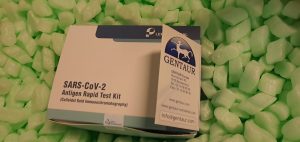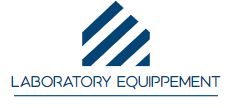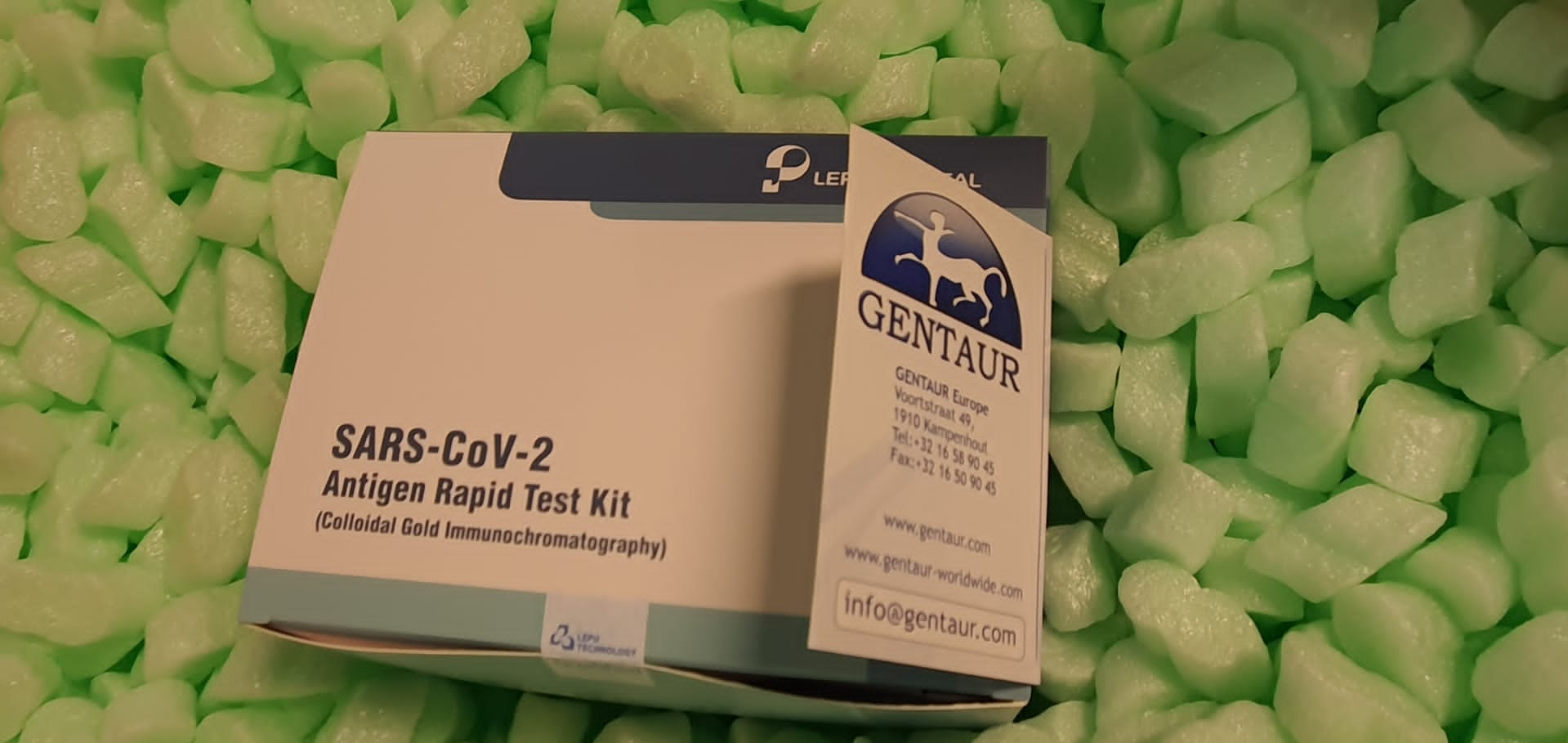QCloud2: An Improved Cloud-based Quality-Control System for Mass-Spectrometry-based Proteomics Laboratories
QCloud is a cloud-based system to help proteomics laboratories in every day high quality evaluation utilizing a user-friendly interface, simple setup, and automatic information processing. Since its launch, QCloud has facilitated automated high quality management for proteomics experiments in lots of laboratories. QCloud gives a fast and easy analysis of instrument efficiency that helps to beat many analytical challenges derived from medical and translational analysis. Here we current an improved model of the system, QCloud2. This new model consists of enhancements within the scalability and reproducibility of the quality-control pipelines, and it options an improved entrance finish for information visualization, person administration, and chart annotation.
The QCloud2 system additionally consists of programmatic entry and a standalone native model.With shortages of face masks being reported worldwide, it’s crucial to think about options to commercially manufactured face masks. This research aimed to check and examine the efficacy of varied makes of domestically made or selfmade material face masks obtained from face-mask distributors in Kampala, Uganda, throughout the COVID-19 pandemic. The testing was carried out to evaluate the bacterial filtration effectivity (BFE), breathability, distance-dependent health, and reusability of the domestically made or selfmade material face masks, whereas contemplating essentially the most generally used non-published face-mask decontamination approaches in Uganda.
During laboratory experimentation, modified protocols from numerous face-mask testing organizations have been adopted. Ten completely different face-mask varieties have been experimented upon; every face-mask kind was examined 4 instances for each single take a look at, besides for the decontamination protocols involving washing the place KN95 and surgical face masks weren’t included. Among the domestically made or selfmade material face masks, the double-layered material face masks (described as F) had higher BFE and distance-dependent health traits, they could possibly be reused, and had good breathability, than the opposite domestically made or selfmade material face masks. Despite these good qualities, the knowledge of those face masks defending wearers towards COVID-19 stays topic to viral filtration effectivity testing.
Allelopathy of Alexandrium pacificum on Thalassiosira pseudonana in laboratory cultures
Alexandrium pacificum is a toxin-producing dinoflagellate with allelopathic results. The elucidation of allelopathic mechanism of A. pacificum is of nice significance for understanding A. pacificum blooms. To this finish, utilizing the mannequin diatom Thalassiosira pseudonana as a goal species, we noticed modifications in physiological, biochemical and gene transcription of T. pseudonana upon being co-cultured with A. pacificum. We discovered reciprocal results between A. pacificum and T. pseudonana, and corroborated A. pacificum’s allelopathy on T. pseudonana by observing inhibitory results of filtrate from A. pacificum tradition on the expansion of T. pseudonana.
We additionally discovered that co-culturing with A. pacificum, the expression of T. pseudonana genes associated to photosynthesis, oxidative phosphorylation, antioxidant system, nutrient absorption and vitality metabolism have been drastically influenced. Coupled with the alterations in Fv/Fm (the variable/most fluorescence ratio), exercise of superoxide dismutase, contents of malondialdehyde, impartial lipid and whole protein in T. pseudonana co-cultured with A. pacificum, we suggest that A. pacificum allelopathy may scale back the effectivity of photosynthesis and vitality metabolism
T. pseudonana and precipitated the oxidative stress, whereas the nutrient absorption was additionally affected by allelopathic results. The resultant information probably uncovered the allelopathic molecular mechanism of A. pacificum to mannequin alga T. pseudonana. The modifications in nutrient uptake and even vitality metabolism in T. pseudonana, as an adaptation to environmental situations, could forestall it from stress-related accidents. Our discovering would possibly advance the understanding of allelopathic mechanism of A. pacificum.

Human Laboratory Models of Cannabis Use: Applications for Clinical and Translational Psychiatry Research
Cannabis is more and more utilized by people with psychological well being diagnoses and infrequently presupposed to deal with anxiousness and numerous different psychiatric signs. Yet help for utilizing hashish as a psychiatric remedy is at present restricted by a scarcity of proof from rigorous placebo-controlled research. While regulatory hurdles and different limitations make medical trials of hashish difficult to conduct, habit researchers have a long time of expertise learning hashish use in human laboratory fashions. These embrace strategies to manage hashish administration, to delineate medical and mechanistic points of hashish use, and to guage potential remedy functions for hashish and its constituents.
In this paper, we overview these human laboratory procedures and describe how every will be utilized to review hashish use in sufferers with psychiatric issues. Because anxiousness issues are among the many most typical psychiatric diseases affecting American adults, and anxiousness reduction can be essentially the most commonly-reported cause for medicinal hashish use, we focus notably on making use of human laboratory fashions to review hashish results in people with anxiousness and associated issues. Finally, we focus on how these strategies will be built-in to review hashish results in different psychiatric situations and information future analysis on this space.
[Linking template=”default” type=”products” search=”Acid Phosphatase Activity Assay Kit” header=”2″ limit=”140″ start=”4″ showCatalogNumber=”true” showSize=”true” showSupplier=”true” showPrice=”true” showDescription=”true” showAdditionalInformation=”true” showImage=”true” showSchemaMarkup=”true” imageWidth=”” imageHeight=””]
A retrospective cohort research was performed amongst 429 COVID-19 sufferers who have been on observe up from July to October 2020. Data was described utilizing frequency tables. Robust Poisson regression mannequin was used to establish predictors of COVID-19 severity the place adjusted relative threat (ARR), P-value and 95 CI for ARR have been used to check significance. Binary Logistic regression mannequin was used to evaluate the presence of statistically important affiliation between the explanatory variables and COVID-19 end result the place adjusted odds ratio (AOR), P-value and 95%CI for AOR have been used for testing significance.

